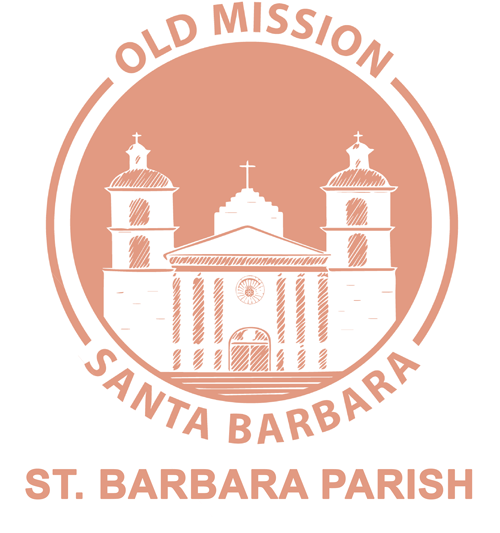The Gate Through Whom We Are to Enter
Dear Friend,
On Easter Sunday I was much taken by Psalm 118 and the image of Jesus as “the stone rejected by the builders [which] has become the cornerstone.” I discovered that scholarly research indicates that the Hebrew word for cornerstone might better be translated as keystone which, according to my dictionary, is the “central wedge-shaped stone of an arch that locks the others together.”
Today, three weeks after Easter Sunday, we hear Jesus refer to himself as the gate through whom we are to enter, and I’m wondering whether there might be a helpful connection here. Andrew Davis, writing in the magazine Give Us This Day (April 2023, p. 189), points out that “the image of the stone occurs in the psalm (118) just after the speaker has passed through the gates of the Temple, as if the sight of the gate’s keystone inspired the metaphor of reversal.”
As the shepherd, the “keystone”, and the gate, Jesus issues a call for us to move from suffering and death, to new life - certainly a process of reversal: from dead-end choices, to choices that lead to life “in abundance”. At every Mass, we are formed as church - the body of Christ - to be that gateway in our own time and place and for everyone we meet. Old Mission Santa Barbara is a crossroads for so many people who are seeking, touring, and traveling from place to place. Can we be a life-giving “gate” for others?
Peter sets the example in the first and second readings this Sunday. Being the gateway does not mean being the doormat. At the same time, patience in suffering is “a grace before God,” he writes. We open ourselves to life, knowing that Christ is above us, holding up the archway to compassion and peace!
Gratefully,
Fr. Dan ofm, Pastor
